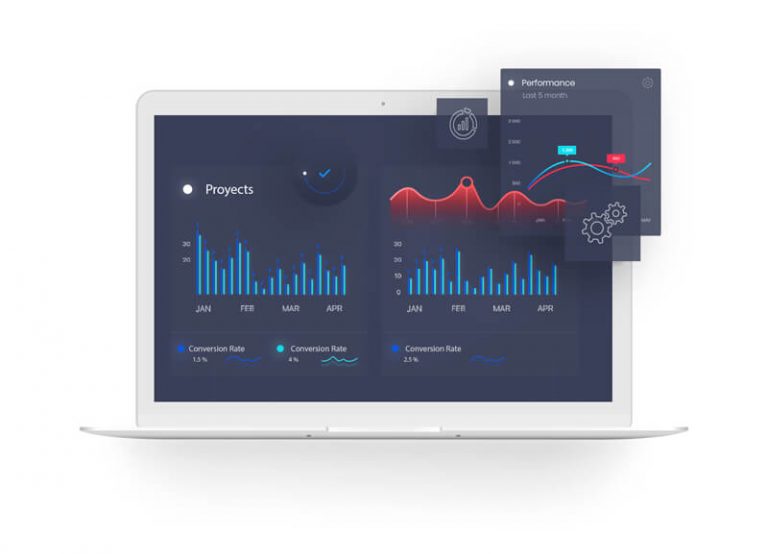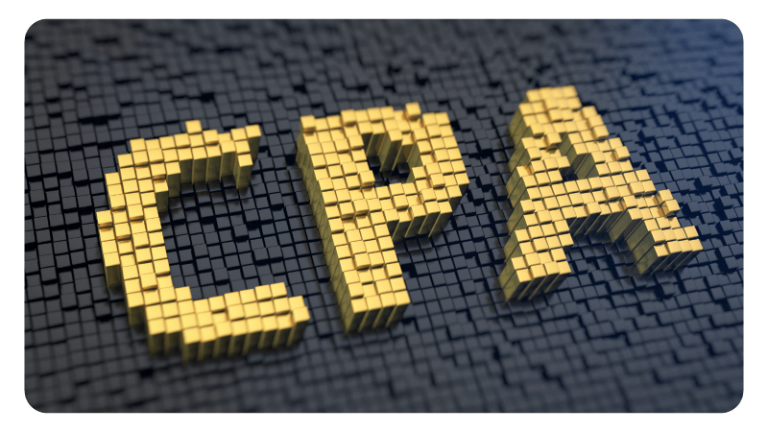Performance marketing is one of the most important tools for both brands and marketers. This is based on the basic principle of paying for results, either by exposure and visibility, by interaction or by a specific action.
Performance marketing offers clarity and transparency in services. Currently, these results can be easily measured and studied. Performance marketing becomes more relevant since it is an important part of mobile platforms.
Performance Marketing is a marketing model in which the client only remunerates the company according to the results previously set.

The basic elements of Performance Marketing
There are three basic ways to execute performance marketing:
- CPM: Cost-Per-Mille. This system, which means cost per thousand or per each thousand, focuses on the exposure and visibility of the brand or product. Some people argue that it is not a form of performance marketing, although the times the ad has been seen is measurable, the benefit to the advertiser beyond being seen, is not quantifiable.
- CPC: Cost-Per-Click. This model (that means cost per click) is one of the most common. It is based on the number of times an ad is clicked by a user, regardless of what they do next or whether or not they complete a transaction on the site.
- CPL: Cost-Per-Lead. Cost per lead. This model is paid every time the user enters the required site through the advertisement and fill out an enrollment form or the necessary steps to be part of the advertiser’s database, to be targeted by different engagement vehicles.

There is a fourth model, much more specialized, known as CPA. In the Cost-Per-Action or Cost-Per-Acquisition, the advertiser only pays if a transaction is completed by means of the advertisement.
There is also the so-called affiliate marketing, which is often confused directly with performance marketing. It is a system of scheduled advertisements in which the advertiser receives a commission for each sale generated from a guideline.
It can be related more directly to the product placement or scheduled content, or directly to influencers. Although it is still part of performance marketing, because it can be measured, analyzed and optimized, it is used to obtain better results and a higher return on investment for the advertiser. We could see it as part of an umbrella strategy of performance marketing.
So, performance marketing prioritizes getting better direct business metrics (leads, new customers or return on investment). In marketing results, good management of budgets is a key element to optimize the investment and ensure better conversions.
The brands that manage the user experience using Marketing Automation tools, achieve 451% more qualified customers.
Benefits of Performance Marketing
According to a study made by Cake Marketing, Performance Marketing has many benefits and reasons for using it today, as follows:
- The conversion is instantaneous because the Marketing actions have direct efficiency.
- Performance Marketing has been growing as a segment of digital advertising: Let’s stay ahead of the curve!
- For every dollar invested, an ROI of eleven is obtained, according to studies.
- New opportunities to earn income.
- With sustained use of Performance Marketing, it will begin to add Business Intelligence technologies that will let you know better how to expand the ROI.
- Many companies recommend it.
- The advertiser can know in advance the unit cost of each action made with Performance Marketing that is put into play: subscriptions, likes, visits, registrations, etc.
- You can use many online media such as email marketing, ads on social networks, among others.
- You can have very precise control of the results.
Decalogue of Performance Marketing
Last year, the Conversion agency published this decalogue, showing the basic factors to start an adequate performance marketing strategy. Here are some of them:
- Integrate the Performance in the general strategy of the company: The marketing of results should be integrated into the rest of the company’s marketing strategies. None of them can separately respond to the needs of your company.
- Identify the KPI’S: It is a basic activity: Know the indicators that will help measure the actions you execute. Only then, you can optimize your campaigns.
- Discover the path to conversion: Conversion is the ultimate goal of any performance marketing strategy. Identifying how to achieve this, will improve the effectiveness of your performance marketing actions.
- Regroup and measure: Nowadays, it is already possible to generate millions of data and exploit them consciously. The challenge is to process and analyze these huge amounts of available data, both structured and unstructured, to give them meaning, to transform them into useful insights.
- Technology & CRM: If you cross all your online marketing campaigns with your own CRM you will get a bigger control of the operation of advertising actions. And you can make the planning of subsequent campaigns more focused on users. Personalized campaigns through the integration of results with the CRM, offers results totally aimed at performance, improving the conversion ratios, regardless of the target (records, sales, reservations) because each creativity focuses on the user’s historical behavior.
- Attribution models: Attribution models are a set of rules that assign, as representative as possible, the registered value of sales to each of the points of contact with which the user interacts on the way to conversion.
- Omni-channel strategy: The appearance of more and more channels both in the online and offline environment through which the consumer can interact with your brand, requires creating a strategy focused on omnichannel. A user has the ability to interact with your brand in different contexts, moments and devices. And it is your job to know that it is the same person.
- Constant innovation: It is important to be in constant innovation and to make adequate data management. To do this, you can already have specialized supports and tools that allow the user to be impacted through personalized messages at the time it is appropriate.
- Creativity and contents: Content is the starting point. The creative content strategy must be well managed and balanced. In any case, it is important to understand that the life cycle of the content has changed: Before, the content died when it was published. Nowadays, the cycle begins once it is published.
- Analysis of competition: Much of the success of a campaign based on performance marketing, comes from the continuous analysis of the competition. Knowing well the “what or how or where” your competitors are acting, is very important when it comes to making decisions.
Get to know more about Performance Marketing
https://www.youtube.com/watch?v=2ax6phmjSqo
If you are interested in using this and other strategies to improve your results in digital marketing, keep learning with us.



